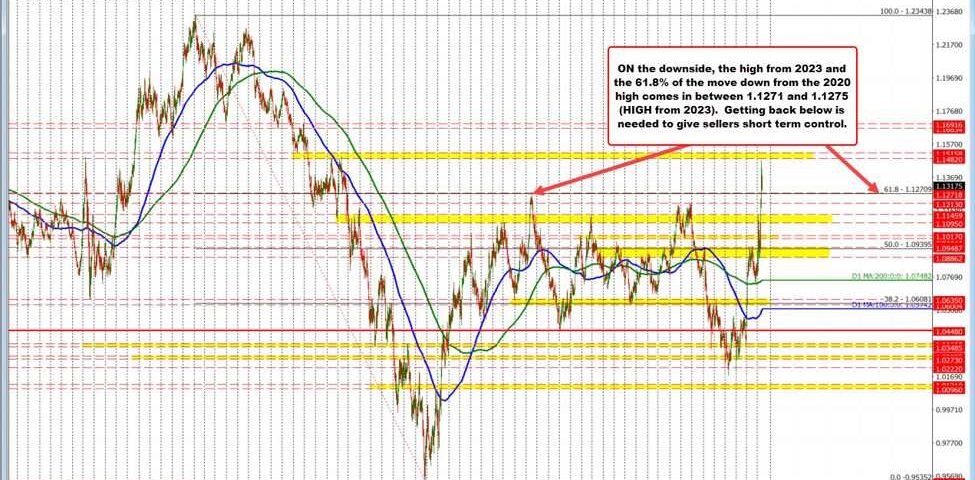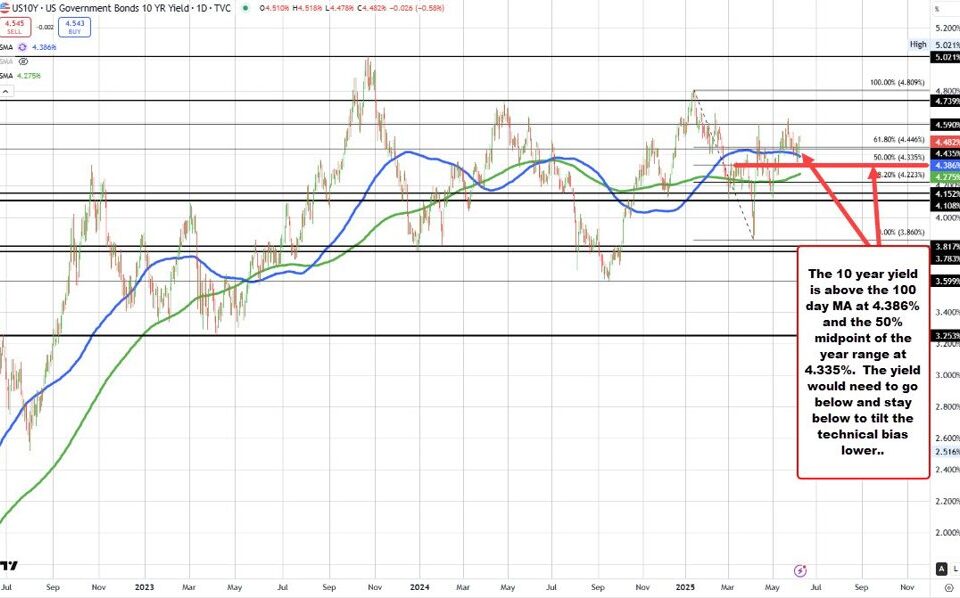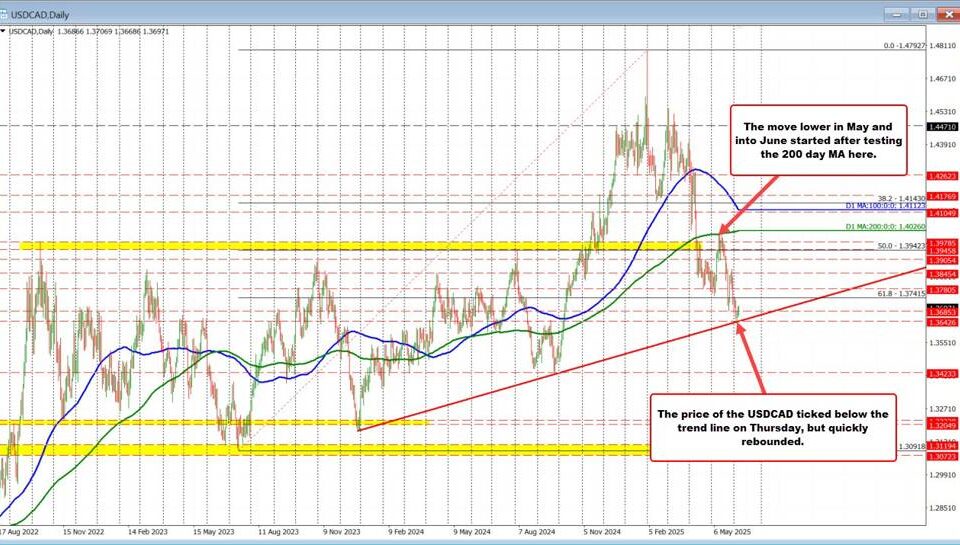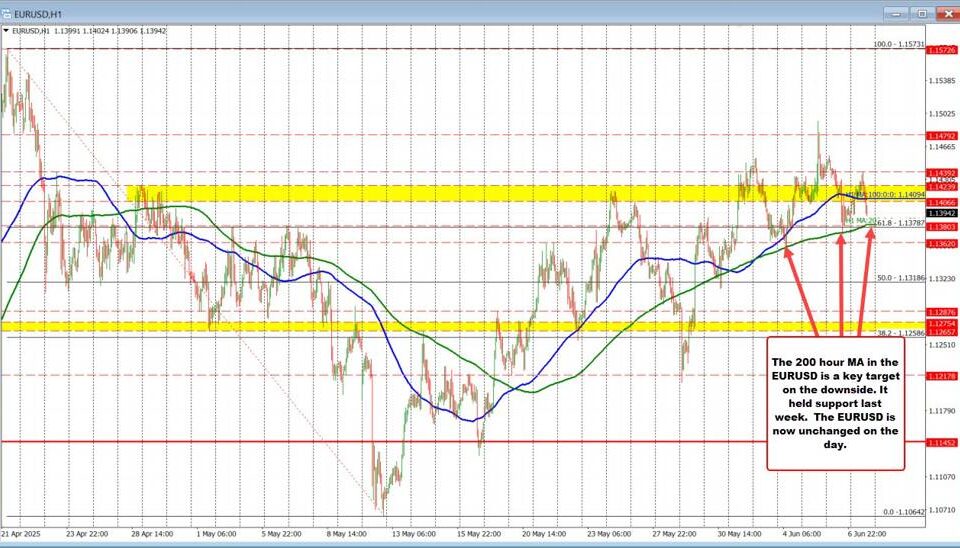Bank of America CEO Brian Moynihan: Insights on Consumer Resilience and Financial Triumph
Tháng 4 15, 2025Deutsche Bank Warns: US Economic Growth Set to Slow Down in 2025
Tháng 4 15, 2025Recent Developments in the EUR/USD Market: Key Factors Impacting Exchange Rates
The EUR/USD currency pair has been a focal point in financial markets, experiencing significant fluctuations influenced by a multitude of factors. Investors and analysts are closely monitoring these developments, especially as we approach pivotal moments related to monetary policy and global trade dynamics.
Interest Rate Expectations and Their Impact on the Euro
One of the primary factors contributing to the current state of the EUR/USD exchange rate is the shifting interest rate expectations from the European Central Bank (ECB). Leading up to its upcoming meeting, there is considerable speculation that the ECB will implement a cut in interest rates. While this possibility might traditionally be viewed as bearish for the euro, the expectation of such a move has already been largely priced into the market. As a result, the euro may still find support in the short term, bolstered by market sentiment that anticipates more aggressive actions from the ECB to stimulate the economy. Investors will be keeping a close watch on the ECB’s communications to gauge the central bank’s future monetary policy trajectory.
Escalating Tariff Tensions: A Double-Edged Sword
Another crucial element in the EUR/USD exchange rate dynamics is the escalating trade tensions between the United States and China. These tensions have created a ripple effect in the global economy, with the euro gaining traction as investors develop a diminished confidence in the US dollar. As China has imposed retaliatory tariffs, concerns around economic stability and growth have intensified, pushing investors to seek alternative safe-haven assets, including the euro. This move towards the euro can be seen as a reflection of broader apprehensions about the US economy’s resilience amid geopolitical uncertainties. In fact, as detailed in the analysis of China’s strategic moves, the shifting trade landscape is influential to the broader dynamics affecting the EUR/USD market. Learn more about China’s strategic moves and their implications on trade.
The Decline of the US Dollar
The current market sentiment has led the US dollar to reach a three-year low against the euro. This weakness can be attributed to the ongoing tariff uncertainties combined with increasing speculation regarding de-dollarization – a phenomenon in which global institutions and emerging markets seek to reduce their dependency on the US dollar for international trade and investment. With the dollar under pressure, the EUR/USD trading pair has exhibited notable volatility, making it a key indicator for traders looking for signs of reversal or continuation in trends. Recent analysis further highlights the bullish momentum amid consolidation in the EUR/USD market, reinforcing the current trends that traders must consider. Explore the detailed analysis of the EUR/USD trading dynamics.
Technical Analysis: Sensitivity to Trade Developments
From a technical standpoint, the EUR/USD pair has demonstrated notable fluctuations, recently dipping to around 1.1309. These movements highlight the market’s sensitivity to ongoing trade tensions, as well as the latest economic data releases from both the Eurozone and the United States. Traders are advised to keep a vigilant watch on economic indicators, as they can dramatically impact short-term price movements. As discussions surrounding tariffs unfold, a clearer picture may emerge regarding the future of the EUR/USD currency pair.
Conclusion: A Complex Landscape
In summary, the EUR/USD exchange rate is influenced by an intricate web of factors, including interest rate expectations from the ECB, ongoing trade tensions, and the relative strength of the US dollar. While tariff tensions may provide interim support for the euro, the broader trend remains shaped by economic uncertainties and anticipations of ECB rate cuts. Market participants should remain astute as developments unfold, with the potential for short-term reactions that reflect deeper underlying trends within the global economy.




